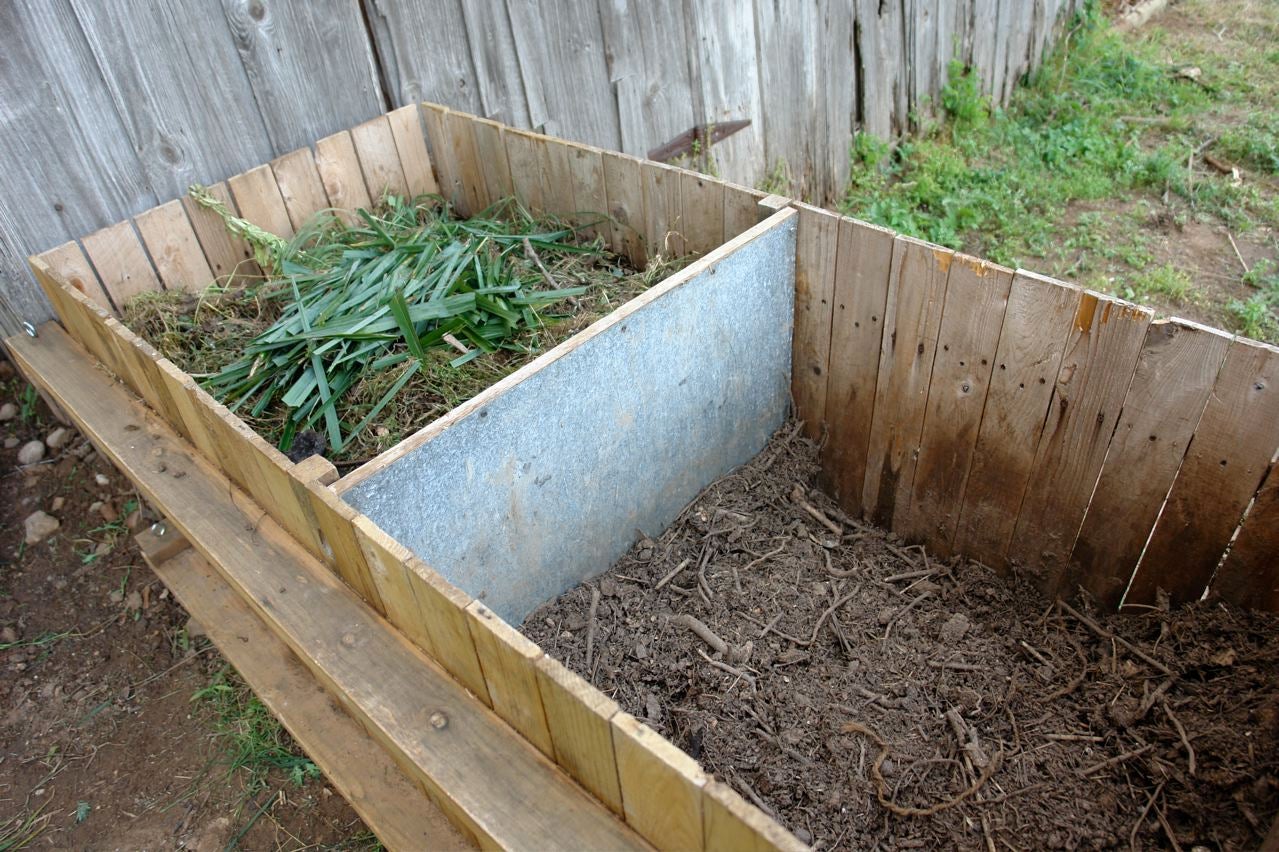Hobby farmers who are committed to growing the best vegetables swear by keeping a compost pile in their yards.
Composting, naturally, is a way to recycle rather than send renewable waste to the landfill, but the real reason is that vegetables grown with compost taste much better than those grown with store bought fertilizer. And, they grow better, too.
While composting kits that are available from $100 to $400, really all that is needed is a pit, organic trash, a little water and sunlight.
The first step to composting is to find a good, out of the way space to work with that gets both sunlight and shade throughout the day. As waste breaks down, it will attract flies, so a spot far away from the house or patio is always best.
[adrotate banner=”19″]
Two types of materials are needed for a compost pile: green and brown material. Maintaining a 50/50 balance of the two produces the best compost. Brown material provides the basic carbon needed, and green materials add nitrogen to the mixl.
Brown material can be dead leaves, twigs and any kind of paper, from old magazines and newspapers to paper egg cartons.
Green material consists of yard clippings, vegetable table scraps, coffee grounds and anything else that is organic and has some type of juice remaining, like potato peelings or watermelon rinds.
A few things that should not be included in compost. Pet waste (except chicken manure) is a big no-no as it may contain parasites and/or traces of the medication given to pets to eliminate those parasites and worms. While natural compost will sometimes attract flies, dairy products, meat table scraps, oil and lard will make the compost a smelly pest playground.
Fireplace ash is good for compost, but not coal or charcoal ash as they contain remnants of lighter fluid and other chemicals that are not good for the garden.
Using a tarp to cover the pit is a good way to keep pests away, but also allow the heat from the sun to get it and slow cook the mixture.
[adrotate banner=”23″]
The only difficult thing about composting is changing the family habit of just throwing things in the trash when much of that material could go into the pit. Used butter containers that seal are perfect to keep next to the sink while cooking to hold onto the scraps instead of tossing them into the food disposer.
It is best also to keep a separate, used margarine container for nothing but coffee grounds and eggshells. Those materials do not have to be composted and can be directly applied to the garden. Tomatoes especially love coffee grounds as the acids give the tomatoes a rich, sweet taste.
It is also a good idea to plant marigolds near your compost pile and throughout your entire garden; they not only help with the appearance, their smell attracts pollinators and repels pests.
It is necessary to “turn” the compost at least once a week, that is, stirring the mixture so that newer materials go to the bottom of the pile. Also, you may need to add a little water from time to time to keep the pile moist.
Generally, it takes two to three months for the materials to break down. When the compost has turned dark brown and has a soil’s texture, it is ready to be spread throughout the garden.
Scott Hudson is the Managing Editor of The Augusta Press. Reach him at scott@theaugustapress.com
[adrotate banner=”41″]











